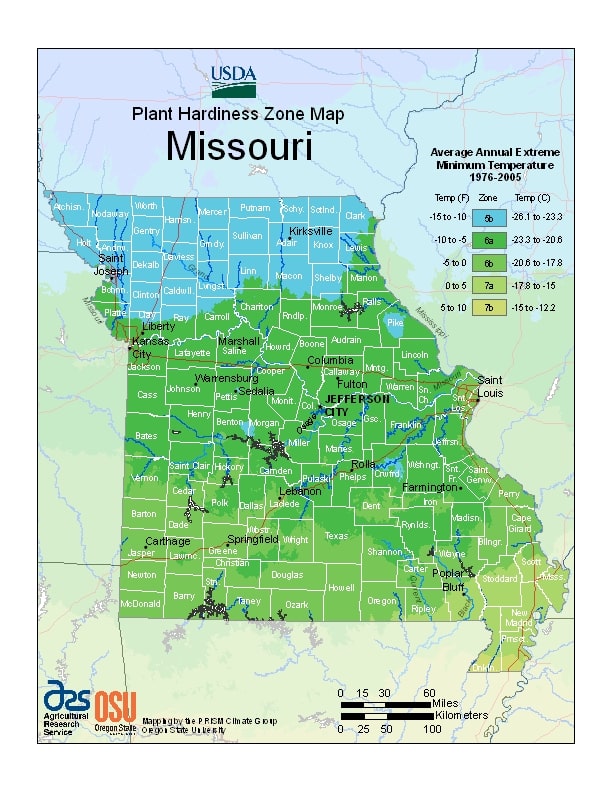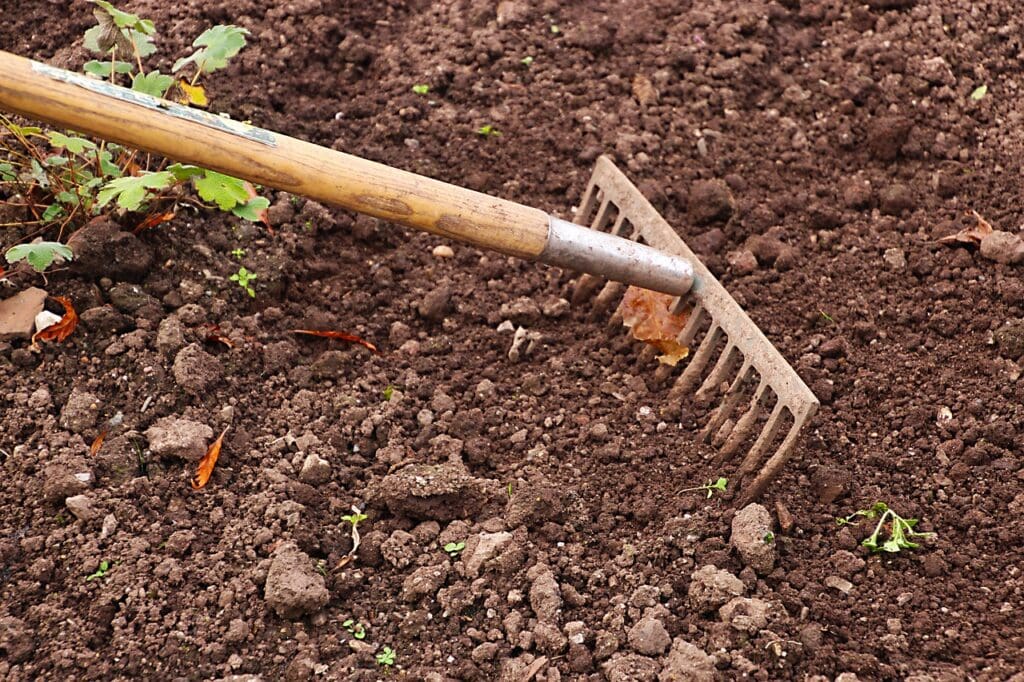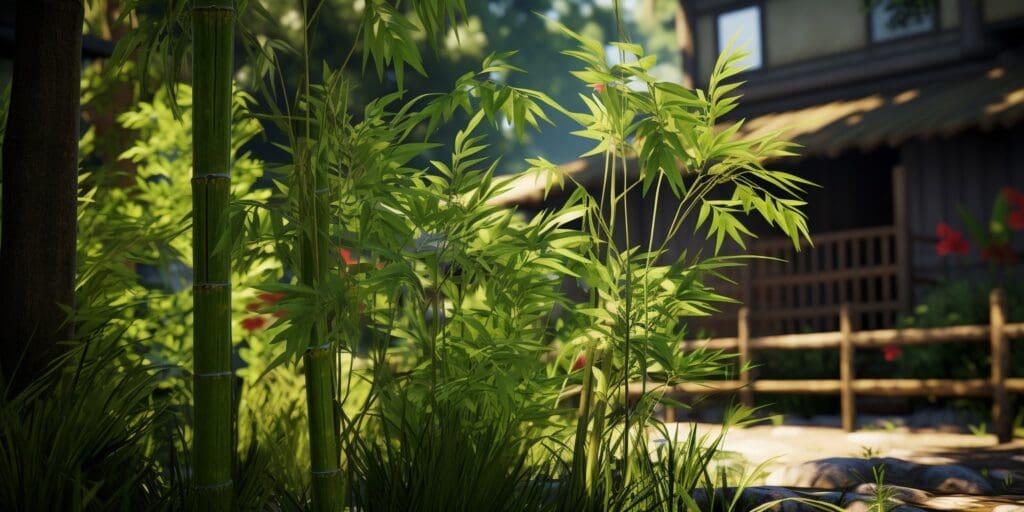Growing Bamboo In Missouri
With careful selection of non-invasive species and proper cultivation techniques, bamboo can thrive in Missouri’s favorable climate.
This article aims to provide comprehensive information on growing bamboo in Missouri by discussing various aspects such as types of bamboo suitable for the region, choosing the right species, planting and maintenance guidelines, watering and fertilizing requirements, pruning and pest control methods, transplanting procedures, winter care tips, as well as highlighting the benefits and uses of bamboo.
By following these guidelines and implementing appropriate practices, gardeners can successfully cultivate bamboo in Missouri and enjoy its functional attributes like wind barriers, privacy screens, erosion prevention, habitat creation for wildlife along with its aesthetic appeal.
Key Takeaways
- Missouri’s climate and environmental conditions are favorable for growing bamboo.
- Non-invasive bamboo species should be chosen to prevent damage to the local ecosystem.
- Bamboo can provide various benefits such as wind barriers, privacy screens, erosion prevention, and habitat for wildlife.
- Careful monitoring, proper watering, and pruning are necessary for successful bamboo growth in Missouri.
Types of Bamboo
In Missouri, there are many species of bamboo that can thrive in the state’s climate and environmental conditions. Suitable clumpinng bamboo varieties include the following:
- Dwarf Whitestripe Bamboo (Pleioblastus fortunei): This clumping bamboo variety is well-suited for Missouri’s climate. It has attractive green leaves with white stripes and can reach a height of 3 to 5 feet.
- Rufa Bamboo (Fargesia rufa): This clumping bamboo variety is native to China and is known for its dense foliage and upright growth habit. It can reach a height of 6 to 10 feet and is well-adapted to Missouri’s climate.
- Umbrella Bamboo (Fargesia murielae): Also known as Fountain Bamboo, this clumping variety has graceful arching canes and delicate foliage. It can reach a height of 8 to 12 feet and is tolerant of cold temperatures.
- Alphonse Karr Bamboo (Bambusa multiplex ‘Alphonse Karr’): This clumping bamboo has distinctive yellow and green striped culms. It can reach a height of 15 to 25 feet and is relatively cold-hardy.
These are just a few examples of clumping bamboo varieties that can thrive in Missouri. It’s important to consider factors such as available space, sunlight, and soil conditions when selecting a bamboo variety for your specific location. Additionally, always ensure that the bamboo species you choose is non-invasive and suitable for your local climate.
Choosing the Right Species
When selecting a bamboo species for cultivation in the state, it is crucial to consider factors such as cold hardiness, growth habits, and adaptability to Missouri’s climate and soil conditions.
In terms of climate considerations, Missouri experiences hot summers with thunderstorms and the risk of extreme weather, as well as cold winters with below freezing temperatures. Therefore, it is important to select bamboo species that can withstand these temperature extremes.
Additionally, being aware of invasive species is essential to prevent any damage to the local ecosystem. Non-invasive bamboo species should be chosen for cultivation in order to avoid potential issues with spreading and overcrowding.

By considering these factors, growers can ensure successful bamboo cultivation in Missouri while minimizing negative impacts on the environment.
Planting and Maintenance
To ensure successful establishment and growth of bamboo, proper planting techniques and regular maintenance practices must be followed.
When planting bamboo, it is important to choose a suitable location that provides adequate sunlight or partial shade, as well as well-drained soil. Trench planting is recommended for running bamboo species to prevent their spread. Bamboo plants should be spaced appropriately in straight rows with grooves, which facilitate easier maintenance.



During the initial stages of growth, young bamboo plants require sufficient water, especially during periods of extreme heat and drought. In summer, bamboo plants need a large amount of water, while less watering is required in winter. To stimulate growth, nitrogen fertilizer should be added in spring. Pruning should be carried out in late summer or fall to control pests and promote even height growth.
Watering and Fertilizing
Watering and fertilizing are essential components of bamboo care, ensuring the plant receives sufficient nutrients and moisture for healthy growth.
Proper watering techniques involve providing ample water during hot and dry periods, as young bamboo plants require sufficient water to withstand extreme heat and drought. In summer, bamboo plants need a large amount of water to thrive, while in winter, irrigation should be reduced to prevent overwatering.
Nitrogen fertilization is crucial for stimulating growth in bamboo plants and should be applied in spring when new shoots emerge. This high-nitrogen fertilizer promotes vigorous growth and ensures the plant has the necessary nutrients for optimal development.
Managing irrigation throughout different seasons is vital to maintain the health of the bamboo.
Pruning and Pest Control
Pruning and pest control are important practices for maintaining the health and appearance of bamboo plants, ensuring they remain free from pests and diseases. Proper pruning techniques can help control the height and shape of the bamboo, promote new growth, and remove any dead or damaged culms. It is recommended to prune in late summer or fall to minimize stress on the plant. When pruning, cuts should be made just above a culm node or branch node to prevent injury to the plant.
Effective pest management strategies involve regular inspection of the bamboo for signs of infestation such as chewed leaves or holes in culms. If pests are detected, they can be washed off with tap water or treated with organic insecticides specifically formulated for bamboo.
Disease prevention methods include maintaining good air circulation around the plants by thinning out crowded areas, avoiding overwatering which can lead to fungal infections, and removing any diseased or infected parts promptly.
Transplanting Bamboo
Transplanting bamboo requires careful preparation and attention to ensure successful establishment in a new location. There are several techniques that can be employed to transplant bamboo effectively.
The best time for transplanting bamboo is in the spring, before new shoots appear. This allows the plant to establish its root system before the hot summer months.
One technique for transplanting bamboo is dividing the plants into individual sections with roots. This can be done by carefully digging around the base of the bamboo and separating it into smaller clumps.
Another technique is trench planting, which is recommended for running bamboo varieties. It involves digging a trench, linging it with a root barrier system and placing the rhizomes horizontally within it, covering them with soil.
Proper watering before and after transplanting is crucial to keep the bamboo healthy, and ensuring that the soil remains moist will aid in successful transplantation.
Winter Care
To ensure the successful growth of bamboo in Missouri, it is important to provide proper care and protection during the winter months. This includes protecting bamboo from extreme cold temperatures, preventing snow damage to the plants, and ensuring adequate winter watering.
Here are some tips for winter care of bamboo:
- Protecting bamboo from extreme cold:
- Create a wind barrier around the bamboo plants using burlap or other materials.
-
Mulch around the base of the plants to insulate the roots.
-
Preventing snow damage to bamboo plants:
- Shake off excess snow from the bamboo culms to prevent breakage.
-
Gently brush off heavy snow accumulation from leaves and branches.
-
Winter watering for bamboo plants:
- Water deeply before freezing temperatures to ensure adequate moisture.
- Reduce watering frequency but avoid letting the soil dry out completely.
By following these guidelines, you can help protect your bamboo plants during the harsh winter conditions in Missouri and promote their healthy growth in the upcoming seasons.
Benefits and Uses
Bamboo provides various potential benefits. Bamboo is a versatile and sustainable solution for creating lush green privacy screens, wind barriers, and natural shade canopies in gardens and landscapes.
Further, bamboo can play a crucial role in erosion control. The extensive root system of bamboo helps stabilize soil on slopes or areas prone to erosion. By preventing soil erosion, bamboo helps maintain the integrity of landscapes and prevents sediment runoff into water bodies.
Lastly, growing bamboo can contribute to wildlife habitat. As bamboo forms dense thickets with its tall culms and leafy foliage, it provides shelter and nesting sites for various bird species and small mammals. These habitats support biodiversity by attracting pollinators such as bees and butterflies.
Overall, the multiple benefits provided by bamboo make it an excellent choice for enhancing the beauty of outdoor spaces while promoting sustainability and supporting local ecosystems.
Frequently Asked Questions
Q: What is the best time to plant bamboo in Missouri?
A: Spring is the best time to plant bamboo in Missouri.
Q: What is the hardiness zone for growing bamboo in Missouri?
A: Bamboo in Missouri is hardy up to USDA Zone 5.
Q: Is bamboo native to North America?
A: There are three varieties of bamboo native to North America – Arundinaria appalachiana, Arundinaria gigantea and Arundinaria tecta. However, this represent only a tinny fraction of the more than 1,400 species worldwide.
Q: Can bamboo withstand cold temperatures in Missouri?
A: Different species of bamboo have different tolerances for cold temperatures. It is essential to choose a species suited to the climate of the planting location.
Conclusion
In conclusion, growing bamboo in Missouri can be a somewhat challenging task due to the state’s unique climate and environmental conditions. However, by selecting a suitabel non-invasive species and implementing proper planting techniques, watering, fertilization, pruning, and pest control, bamboo can form a striking addition to your Missouri landscape.

